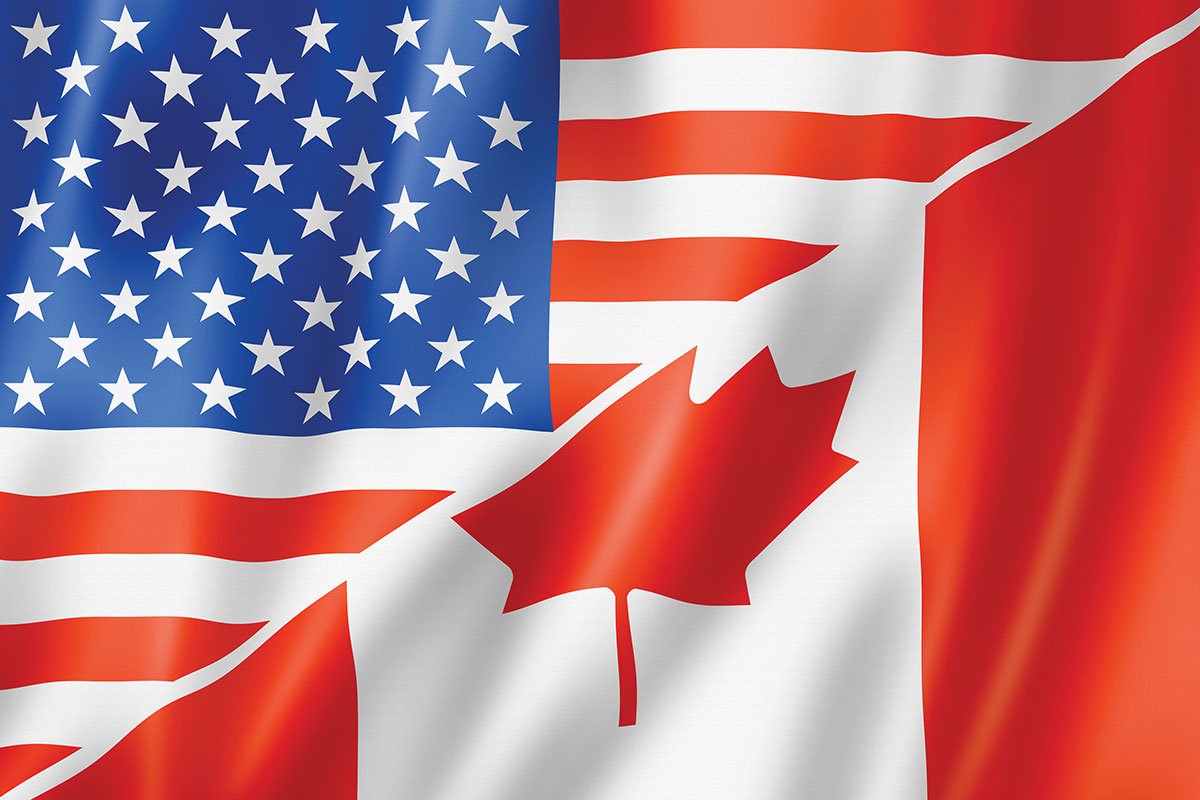Question
What is the latest on fire-resistive cables certified by UL?
Answer
Here is the latest update on that program as of this writing (February 2014).
Interim Certifications
UL continues its research and offers an interim certification program to which there are certified fire-resistive cables under product category Fire Resistive Cables (FHJR) intended for installation as specified in individual Electrical Circuit Integrity Systems (FHIT). These cables and systems include mineral-insulated cable (Type MI), metal-clad cable (Type MC), power cable (Type RHW-2) in electrical metallic tubing (EMT) and power-limited fire alarm cable (Type FPL) in electrical metallic tubing (EMT). See System No. 1850, System No. 120, System No. 25A and System No.28A, respectively under product category Electrical Circuit Integrity Systems (FHIT) on UL’s Online Certifications Directory at www.ul.com/database and enter FHIT at the category code search field and then select the system you would like to view. Within the individual certifications, please note important information directing the user to the manufacturer’s installation instructions.
UL 2196 & ULC-S139 Consensus Standards
A binational effort between the UL Standards Technical Panel responsible for ANSI/UL 2196, the Standard for Tests for Fire Resistive Cables and the ULC Technical Committee responsible for CAN/ULC-S139, Standard Method of Fire Test for Evaluation of Integrity of Electrical Power, Data and Optical Fibre Cables was initiated in 2012 to perform a comprehensive review of standards and to establish a single, improved binational standard for the US and Canada. Task Groups established under the binational initiative have completed surveys of fire resistive cabling systems and associated installation practices, and work to establish test method improvements and testing program protocols is currently progressing.
For more information on these cables or to see the latest updates, go to www.ul.com/fireratedcables.
Question
Does UL List (certify) high speed door operators for those fast moving overhead rolling flexible doors? I was told UL 325 doesn’t address these doors.
Answer
Yes, UL does offer certification (Listing) for high speed door operators for fast moving overhead rolling flexible doors. These are similar to other commercial/industrial door operators and systems, except that these are called “high performance” doors by some in industry, due to the higher speeds and higher cycle counts that they typically see in use. UL certifies (Lists) all commercial/industrial door operators under the product category Door, Drapery, Gate, Louver, and Window Operators and Systems (FDDR) located on page 166 in the 2014 UL White Book and can also be viewed online at www.ul.com/database and entering FDDR at the category code search field. These products are evaluated for compliance with ANSI/UL 325, the Standard for Safety for Door, Drapery, Gate, Louver, and Window Operators and Systems.
This category covers electrical and pneumatic door and gate systems, and door, drapery, gate, louver, window and turnstile operators, together with controls and accessories for use with such operators, and similar devices. This category covers door operators that have been investigated from an electrical and casualty viewpoint only.
Door and gate systems include doors or gates, operators and controls, tested as complete units. Door operators may be certified (Listed) without the actual door, and are intended to be installed and connected to a door compatible with the operator. Components of a system are specifically designated in the installation instructions provided with the system.
Effective August 29, 2010, all commercial and industrial door operators and systems (including high performance types) complying with UL 325 require connection of an external entrapment protection device, such as an edge sensor or photo eye, in order for the door to close automatically or via remote control. The operator, control and external device are also required to be evaluated for reliability in accordance with UL 325, to detect that the device is connected and operating properly. Prior to these new requirements, an operator only needed to be provided with terminals for connection of an external device, but was not required to monitor if the device was actually connected or not.
When an installer obtains and installs individual components separately such as a motor, control, drive, door, and/or protection device such as an edge switch, often these components have been evaluated to separate standards, but not individually nor as a system in accordance with UL 325, thus leaving the AHJ with the additional challenge of determining its suitability. Using door operators and/or systems that have been evaluated and certified (Listed) under UL’s FDDR category, provides the installer, customer, and AHJ with the confidence that the operator, system, or components covered by the certification meets the most current safety requirements contained in UL 325.













Find Us on Socials